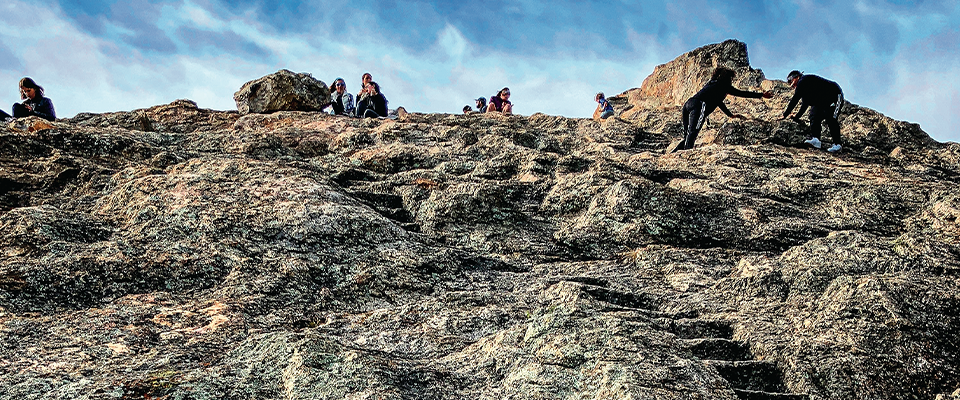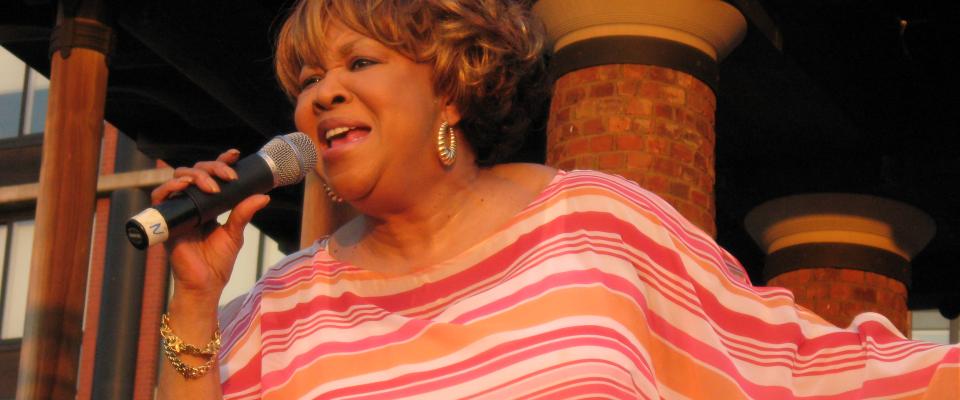Stars filled the night sky as I pedaled up to Big Rock, a landmark on rural Lucas Valley Road in Marin County. As I got closer, the rock became a beacon, illuminated by a spotlight to inspire cyclists like me on the final leg of a marathon ride.
I was 56 years old and gleefully blocking the wind for a fit young woman half my age, who was riding behind me toward the finish line of the very hilly, 200-mile event one day in August 2013. The course took riders to the top of 2,571-foot Mount Tamalpais, through Muir Woods, to the Pacific Ocean, and past countless dairy farms. For all but the fastest riders, it began and ended in darkness.
As I descended from Big Rock, I knew I was destined to complete this personal Holy Grail quest that I had chased for too many years. A few weeks later, I was honored as a winner of the California Triple Crown for completing three Double Centuries, as the events are known, in one calendar year.
My pursuit of the dream was persistent, but it had eluded me during the passage from my 40s into my 50s. As if my roles of husband, father, journalist, and mentor weren’t enough, I needed a new affirmation of my dudeness. I had moved to Berkeley in the fall of 1979 as a 22-year-old grad student, and my most cherished possession in the U-Haul truck that my wife and I had driven from Oregon was my trusty ten-speed road bike.
The bike was to fulfill my dream of taking long rides through majestic places. On class days, I made do with pedaling from our apartment on University Avenue up the hill to campus. On weekends, I did get to Tilden Park and beyond. But career, marriage, and child-rearing demands consumed me after I left the Berkeley campus. The bike went with me on family vacations but often stayed on the bike rack, becoming a symbol of a good intention put on hold. At home, it hung unused in the garage, gathering dust and rust as I gained weight and carried stress.
One year before my 50th birthday, I came up with a goal: Complete a Double Century.
Even avid cyclists agree that riding 200 miles in a day is an entirely unrealistic goal. Getting in shape for such an event requires being on the road several hours a week for three months. It also requires carving out time for core strength and flexibility exercises. Such a regimen is tough for anyone, but more so for a busy mid-lifer.
In early 2006, I persuaded a good buddy from my Berkeley days to join me for the Solvang Spring Double Century on California’s central coast. We trained hard. But just days before the event, at the end of a long ride, I fell off my bike and broke my right arm.
When the arm healed, I made another attempt in Solvang, with the same friend, and we finished. I entered and completed two more Doubles early in 2007, only to fall sick on the day of what I hoped would be my ticket to a Triple Crown.
A series of crises, including a kitchen fire, workplace turmoil, and my father’s illness, put my dream on hold again for several years. Still, in 2012 I finished two of the four Double Centuries I started. And I found that as my life became more complicated, my need to fulfill my dream became more pressing.
Weeks before the Marin ride, my father, beset with Alzheimer’s disease, began the final stage of his life. But I had trained for this moment and was determined to compete. I crossed the finish line, euphoric but spent. It was a bittersweet moment. My father, who had given me my first bike, was going to die in a few days, and my family and I had endured so much sacrifice along the way to my grand dream.
I looked up at the sky and felt joyful for what I had accomplished. Then I lowered my head to profound sorrow and said nothing.
Writer and editor Michael Collier attended the UC Berkeley Graduate School of Journalism from 1979 to 1981. His first bike was a red Huffy. His latest venture is SpinAdventure.com, a blog about insights gleaned from riding a bicycle long distances. He is also a USA Cycling certified coach.
From the Winter 2014 Gender Assumptions issue of California.





















